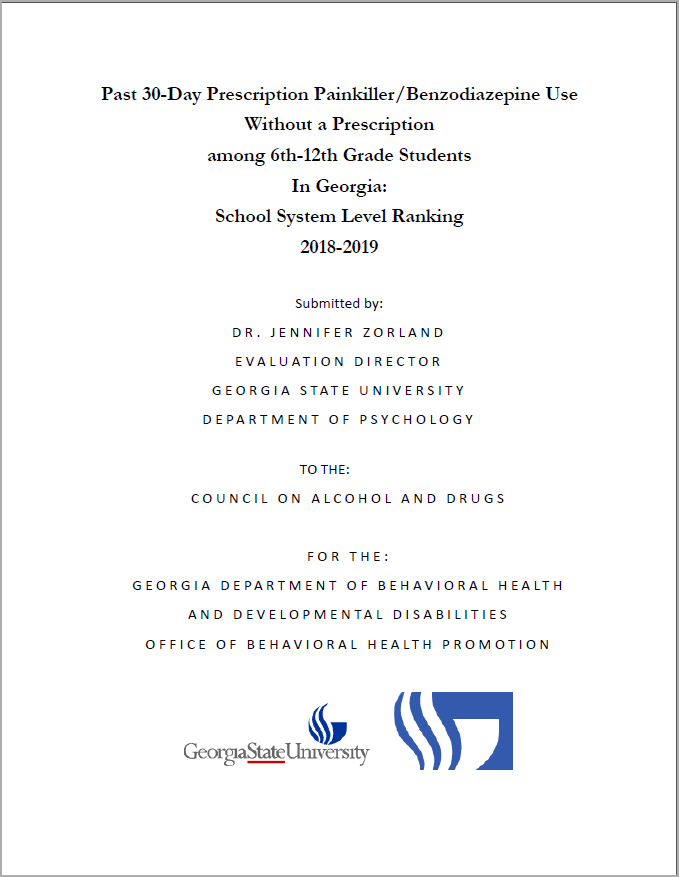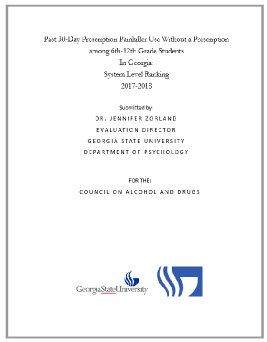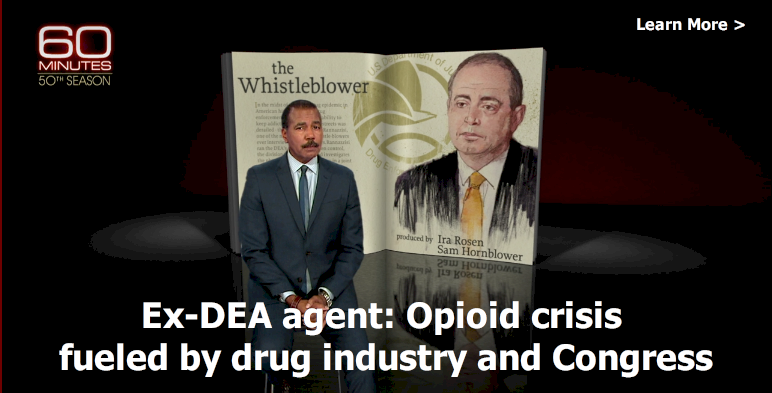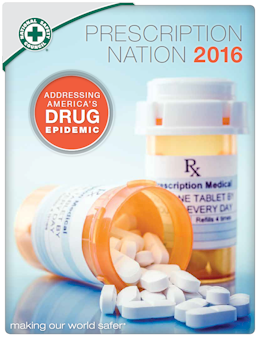What’s New and Happening Now?
2018-2019 REPORT
Past 30-Day Prescription Painkiller Use Without a Prescription among 6th-12th Grade Students In Georgia
Georgia State University Report re: past 30 day prevalence rate of 6th-12th grade public school students in Georgia regarding painkiller and/or benzodiazepine use without a doctor’s prescription and marijuana per 2019 GSHS 2.0 data.
Click here, or on the report image, to review the report.
Submitted by: DR. JENNIFER ZORLAND, EVALUATION DIRECTOR, GEORGIA STATE UNIVERSITY, DEPARTMENT OF PSYCHOLOGY
2017-2018 REPORT
Past 30-Day Prescription Painkiller Use Without a Prescription among 6th-12th Grade Students In Georgia
Statewide results suggest that of the 674,354 respondents to the 2017-2018 Georgia Student Health Survey 2.0 (GSHS 2.0), 20,393 (3.0%) of students from the 6th through the 12th grade indicated that in the past 30 days they have used a prescription painkiller without having a doctor’s prescription.
Click here, or on the report image, to review the highest public school system level rankings for such use. Table 2 in the report ranks the proportion of use for the entire state of Georgia at the public school system level.
Submitted by: DR. JENNIFER ZORLAND, EVALUATION DIRECTOR, GEORGIA STATE UNIVERSITY, DEPARTMENT OF PSYCHOLOGY
Marijuana and Opioids - A Link We Can't Ignore
Marijuana use is associated with an increased risk of prescription opioid misuse and use disorders
New research suggests that marijuana users may be more likely than nonusers to misuse prescription opioids and develop prescription opioid use disorder. The study was conducted by researchers at the National Institute on Drug Abuse (NIDA), part of the National Institutes of Health, and Columbia University.
Ex-DEA agent: Opioid crisis fueled by drug industry and Congress
In the midst of the worst drug epidemic in American history, the U.S. Drug Enforcement Administration's ability to keep addictive opioids off U.S. streets was derailed -- that according to Joe Rannazzisi, one of the most important whistleblowers ever interviewed by 60 Minutes. Rannazzisi ran the DEA's Office of Diversion Control, the division that regulates and investigates the pharmaceutical industry. Now in a joint investigation by 60 Minutes and The Washington Post, Rannazzisi tells the inside story of how, he says, the opioid crisis was allowed to spread -- aided by Congress, lobbyists, and a drug distribution industry that shipped, almost unchecked, hundreds of millions of pills to rogue pharmacies and pain clinics providing the rocket fuel for a crisis that, over the last two decades, has claimed 200,000 lives. Click Here to watch a 27 minute video and learn more.
Monitoring, training aim to combat opioid crisis
An opioid crisis exists in Atlanta, and throughout the United States.
“The opioid crisis is really part of a larger problem that we Americans seem to have: an insatiable appetite for drugs,” said Dr. Gregg Raduka, director, prevention/intervention at the Council on Alcohol and Drugs based in Atlanta. “We’re approximately about 5 percent of the world’s population and we consume about 66 percent of the world’s drugs, according to the CDC.
National Safety Council - Prescription Nation 2016 Addressing America's Drug Epidemic
Executive Summary
This is the most fatal drug crisis on record in United States history, and too many families and communities are left to suffer in its path. These highly addictive medicines have been incorrectly marketed as the most effective method for treating pain and, subsequently, liberally prescribed. Prescription opioids also serve as gateway drugs to heroin, which has a nearly identical chemical makeup and is cheaper and sometimes easier to obtain.
The facts are clear:
- More than 259 million opioid prescriptions were written in 2012
- 1.9 million Americans are addicted to opioid painkillers
- The U.S. makes up 4.6 percent of the world’s populations but consumes 81 percent of the world supply of oxycodone
- 4.3 million adolescents and adults reported non-medical use of prescription opioids in 2014
- 4 out of 5 heroin users started on prescription opioids
Community Anti-Drug Coalitions of America (CADCA) National Medicine Abuse Awareness Month
CACADCA raises awareness of the dangers of Rx abuse and over-the-counter cough medicine abuse during their National Medicine Abuse Awareness Month (NMAAM), which kicks off yearly in the fourth quarter. CADCA states that “one in 5 young adults has abused a prescription drug and that one in 25 youth, ages 12 through 17, has abused cough medicine to get high from its dextromethorphan ingredient”. If you would like to read more about National Medicine Abuse Awareness month then Click Here.
Federal Drug Administration (FDA) Approves OxyContin for Children as Young as 11
The FDA has approved limited use of the powerful and frequently abused painkiller OxyContin for children as young as 11 years old, the agency announced Thursday. “Dr. Sharon Hertz, director of new anesthesia, analgesia and addiction products for the FDA, said studies by Purdue Pharma of Stamford, Connecticut, which manufactures the drug, "supported a new pediatric indication for OxyContin in patients 11 to 16 years old and provided prescribers with helpful information about the use of OxyContin in pediatric patients." Click Here to read more about what Dr. Hertz said. Additionally, Click Here to read what the FDA says about children as young as 11 years old using OxyContin.
SAMHSA Prescription Drug Abuse Fact Sheets on The Web
The Substance Abuse & Mental Health Services Administration (SAMHSA) provides prescription (Rx) drug misuse and abuse information. SAMHSA identifies Rx drug misuse/abuse as the “intentional or unintentional use of medication without a Rx, in a way other than prescribed, or for the experience or feeling it causes”.
SAMHSA states that, “the problem of prescription drug abuse and overdose is complex” involving many different players from the consumer to inappropriate prescribing by physicians. Along with a prevailing value and belief system by many Americans that Rx drugs are not dangerous and they must be good since my doctor prescribed them for me. Click on this link to read the 2014 National Drug Control Strategy which serves as a blueprint for reducing Rx drug use and its consequences in the U.S.
To read more about what SAMHSA is doing to prevent Rx drug abuse Click Here.
DEA National Prescription Drug Take-Back Day
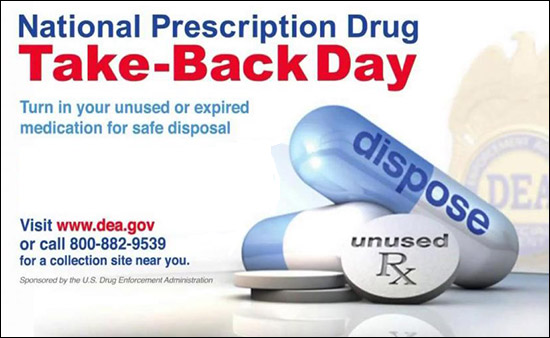
The DEA sponsors two National Prescription Drug Take-Back Days a year which take place on a Saturday from 10:00 a.m. to 2:00 p.m. Click Here to learn more about the next scheduled DEA National Prescription Drug Take-Back Day (http://www.deadiversion.usdoj.gov/drug_disposal/takeback/index.html). This is a great opportunity to dispose safely of
products and chemicals. These events can be very attractive to industry and healthcare partners which can help off-set some of the cost.
You don’t have to wait for the next DEA National Prescription Drug Take-Back Day to dispose of your unused, out of date, not needed Rx or OTC medications at your county Sheriff’s Office or local Police Department across the state. Most of these drug drop off locations are in operation 24 hours a day seven days a week. To view a complete list of the over 180 available drug drop off locations and hours of availability across the state please Click Here.



